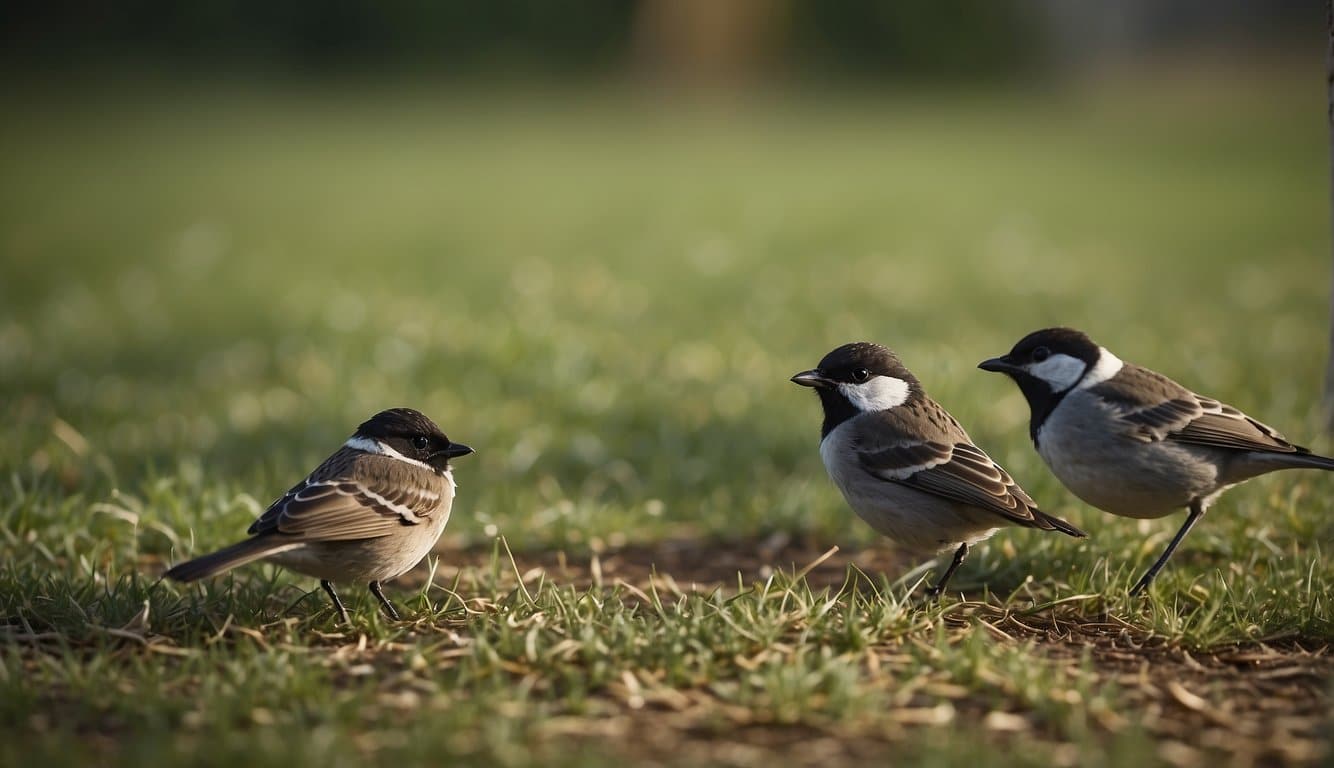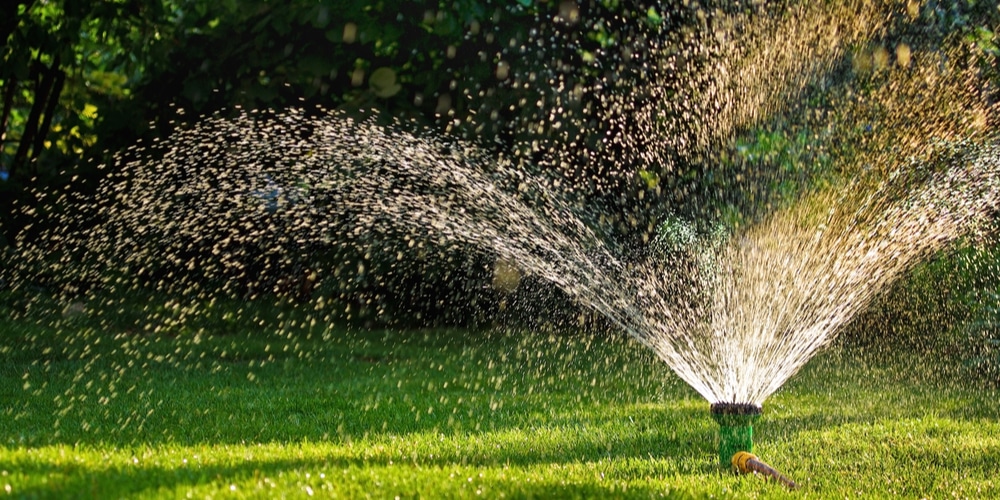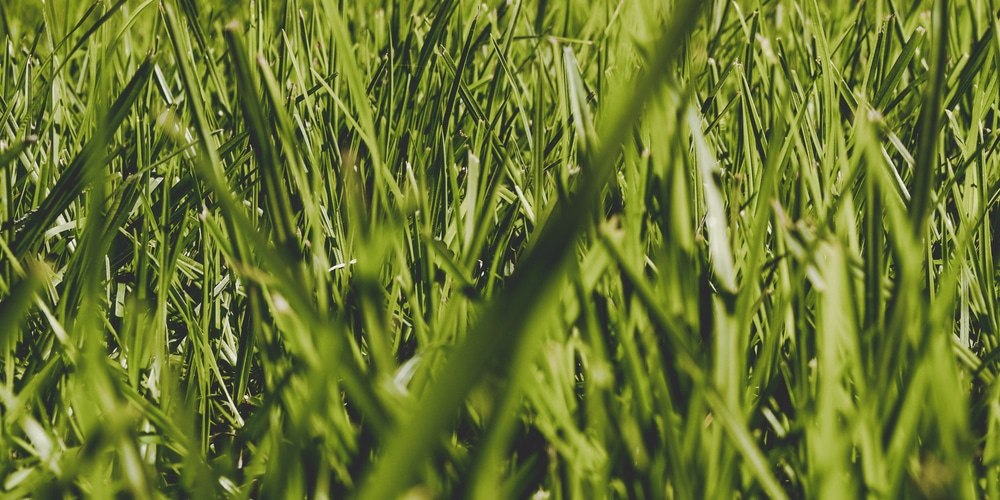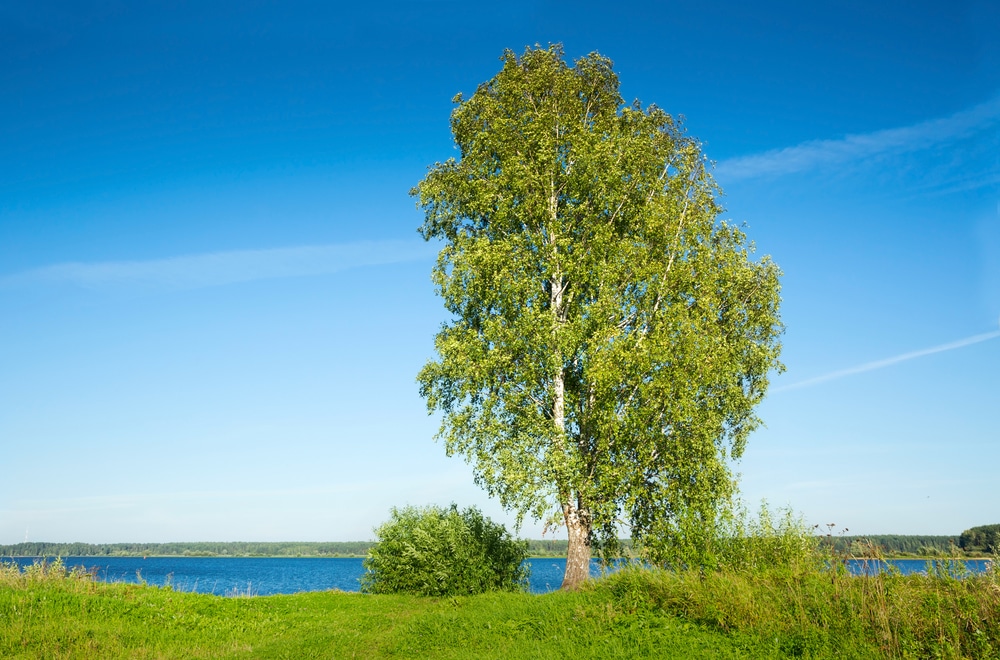Grass Seed Germination Times: What to Expect
Germination varies by grass type, and knowing the specific time frame helps you plan your lawn planting schedule. Here are some expected germination times for common grasses:
- Buffalo grass: 14 to 30 days, making it a resilient choice for arid regions. Learn more about Buffalo grass
- Centipede grass: Typically germinates between 14 and 21 days, favored for its low maintenance. Discover Centipede grass germination
- Bermudagrass: Can take 10 to 30 days to germinate and is a go-to for high traffic areas due to its durability. Explore Bermudagrass germination times
- Zoysia grass: Expects seed germination within 14 to 21 days and is prized for its tolerance to heat.
- Fine Fescue: Includes types like creeping red fescue that germinate in roughly 7 to 14 days, ideal for cooler climates. Understand Fine Fescue germination timing
Factors affecting germination:
- Soil temperature: Must be optimal for the grass type being sown.
- Moisture: Adequate water is essential without causing oversaturation.
- Seed quality: Always opt for high-quality, weed-free seeds for the best germination.
- Planting depth: Seeds should be placed at the correct depth in the soil – not too deep or shallow.
Remember to prepare your soil properly, which includes loosening the soil, removing debris, and leveling the ground. After planting your seeds, keep the soil consistently moist but not soaked, and avoid foot traffic until the seedlings have firmly established themselves.
Preparation for Planting
Before you begin planting grass seeds, proper groundwork is crucial for optimal germination. The success of your lawn starts well before seeds hit the soil, so focus on soil preparation and seed selection as the foundation for a lush, green lawn.
Soil Preparation
To set the stage for germination:
- Test Your Soil: Evaluate the pH and nutrient levels to determine if any amendments are needed.
- Clear the Area: Remove debris, stones, and weeds that can impede seed growth.
- Cultivate the Soil: Till the top 2-3 inches to loosen and aerate, promoting better root development.
- Level and Smooth: Rake the surface level to prevent water pooling and ensure even seed coverage.
Selecting Quality Seeds
Choosing the right seed is critical:
- Match the Grass to Your Climate: Cool-season grasses thrive in northern areas, while warm-season varieties are suited for southern regions.
- Consider the Lawn Usage: High-traffic areas need hardy varieties, while ornamental spaces may benefit from finer, more delicate grasses.
- Purchase from Reliable Suppliers: Ensure the seeds have a high germination rate and are free from contaminants.
- Check for Seed Mixes: Some lawns may benefit from a blend of grass types for better resilience and coverage.
Germination Process
The germination of grass seeds is a tender yet critical phase in your lawn’s development, requiring precise watering and an understanding of the influence temperature and climate have on the process.
Watering Requirements
- Initial Moisture: To kickstart germination, your grass seeds need to be kept moist consistently. During the first week following planting, it’s crucial for you to water lightly but frequently, aiming for at least twice a day.
- Post Germination: Once you notice sprouting, you can reduce the frequency of watering to once a day, allowing the top inch of soil to slightly dry between sessions. This encourages deeper root growth.
Temperature and Climate Influence
- Optimal Temperature Range: Grass seeds germinate best within a soil temperature range of 50-65 degrees Fahrenheit (10-18 degrees Celsius). You should plant your seeds when the weather is expected to remain within this range for the most consistent results.
- Climate Impact: Apart from temperature, climatic factors such as sunlight and humidity also play a significant role. For example, seeds like buffalo grass prefer warmer temperatures between 60 and 75 degrees Fahrenheit for optimal germination.
Germination Time Frames
When you’re attempting to grow a new lawn or repair a patchy area, it’s crucial to know the time it takes for grass seeds to germinate. This knowledge helps ensure proper care during these vital early stages.
Varietal Differences
Grass seed germination times vary significantly by type:
- Buffalo Grass: Typically germinates between 14 and 30 days. Learn about Buffalo grass germination time.
- Centipede Grass: Expect sprouting within 14 to 21 days.
- Bermudagrass: Has a wider range, germinating anywhere from 10 days to a month.
- Zoysia Grass: Usually takes between 14 and 21 days to show green shoots.
Seasonal Impacts
Your seed’s success largely depends on the season you choose to plant:
- Optimal Planting: Sow warm-season grass seeds in late spring to early summer when the soil is warm enough. This timing promotes robust germination and establishment of your grass. Grasp the importance of timing.
- Temperature Sensitivity: Grass seeds prefer soil temperatures around 70°F. Extremes in temperature can hinder germination, with potential delays in extreme heat or unexpected cold snaps.
- Sunlight Considerations: Adequate sunlight is necessary for the germination and growth of grass seeds. Locations with excessive shade may inhibit the process.
Post-Germination Care
Once your grass seeds have sprouted, the next crucial steps are fertilization and maintenance. These will ensure that your young grass develops into a lush and healthy lawn.
Fertilization
- Timing: Begin fertilizing about four to six weeks after germination, when the grass starts to show active growth.
- Products: Use a fertilizer that is high in nitrogen to encourage vigorous leaf growth, but make sure it’s balanced to promote overall health.
- Frequency: Fertilize every six to eight weeks during the growing season for optimal results.
Mowing and Maintenance
- Mowing Height: Keep your mower blade high. Cut no more than one-third of the grass blade height to avoid stressing the young grass.
- Watering: Provide consistent moisture but avoid overwatering to prevent fungal diseases and shallow root development.
- Weed Control: Address weeds early but avoid using herbicides until your new grass has been mowed at least three times.
Frequently Asked Questions
Navigating the complexities of grass seed germination can often bring up a number of questions. Here, you’ll find concise answers to common inquiries, ensuring you’re informed and ready to cultivate a thriving lawn.
How can temperature fluctuations affect grass seed germination times?
Temperature plays a crucial role in the germination process. Optimal germination occurs within a specific temperature range for each grass type. If temperatures fall outside this range, germination can be delayed or even halted. For example, cool-season grasses require a different temperature range compared to warm-season varieties.
What stages of growth should I expect from my grass seed one week after planting?
One week after planting, grass seeds typically enter the germination stage, which involves:
- Water absorption by the seed.
- Initial root (radicle) emergence, if conditions are optimal.
- First signs of green shoot development in some fast-germinating species.
How can I identify the signs of grass seed germination on a day-by-day basis?
To monitor grass seed germination, look for:
- Swelling of the seed.
- Splitting of the seed coat.
- Emergence of the radicle as the first root.
- Shoot growth as the seeds sprout and reach for light.
What methods increase the likelihood of successful germination when seeding grass on top of soil?
Successful germination on top of soil can be boosted by:
- Consistent moisture maintenance to avoid seed desiccation.
- Lightly covering seeds with soil or a thin layer of mulch to protect and retain moisture.
- Regular, gentle irrigation to keep the topsoil layer moist but not waterlogged.
What could be preventing my grass seed from germinating within the expected timeframe?
Factors hindering germination might be:
- Insufficient soil preparation.
- Inadequate moisture or incorrect watering practices.
- Planting seeds at improper depths.
- Using old or low-quality seeds.
How much growth is typically seen from grass seed within two weeks of planting?
Within two weeks, many grass seeds exhibit:
- Visible shoot growth.
- Establishment of a shallow root system.
- Increased density in well-germinating areas, depending on the grass type and growing conditions.
Last update on 2025-06-06 / Affiliate links / Images from Amazon Product Advertising API






